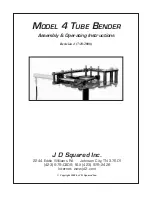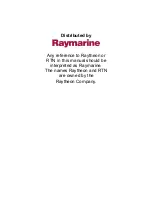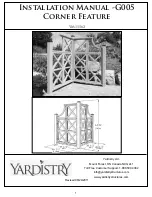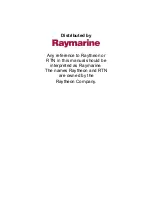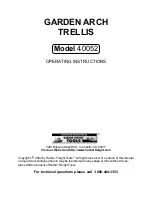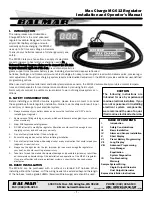
63
S:\Hp8960\E1960A GSM Mobile Test Application\A.04 Release\Reference_Manual\Chapters\meas_iq_desc.fm
I/Q Tuning Measurement Description
I/Q Tuning Measurement Description
How is an I/Q Tuning Measurement Made?
The I/Q Tuning measurement is used in the production process (normally at mobile pre-test) where the I/Q
modulator of the mobile is being calibrated. The measurement is normally performed with the mobile station
in test mode and transmitting a GMSK modulated sequence of all 0s or all 1s. The mobile can be transmitting
either a bursted signal or a continuous wave signal. I/Q Tuning is not an ETSI specified measurement.
The carrier frequency is shifted up or down 67.7083 kHz by transmitting a sequence of all 0s (+67.7083 kHz)
or all 1s (-67.7083 kHz). The accuracy of the mobile’s I/Q modulator is determined by measuring the level of
spurious signals relative to the desired signal (the desired signal being the carrier frequency ±67.7083 kHz).
The signals the test set measures are: the carrier frequency (Fc); Fc±67.7083 kHz; Fc±135.417 kHz;
Fc±203.125 kHz and Fc±270.833 kHz. These signals are measured at the RF IN/OUT port.
The figure below shows a typical spectrum generated by a mobile transmitting a sequence of all 0s. The peak
at the +67.7083 kHz offset is the one used as the reference.
The I/Q Tuning measurement also allows you to make an additional relative power measurement at any
frequency you want between -13.0 MHz to -1.0 MHz and +1.0 MHz to +13.0 MHz relative to the carrier
frequency.
Figure 2.
Spectrum of a mobile transmitting a sequence of all 0s
Offset Frequency (kHz)
Relat
ive
L
eve
l (dB
)
-270.84
-203.13
-135.42
-67.71
0
67.71
135.42
203.13
270.84
Summary of Contents for 8960 Series 10
Page 26: ...26 Contents ...
































